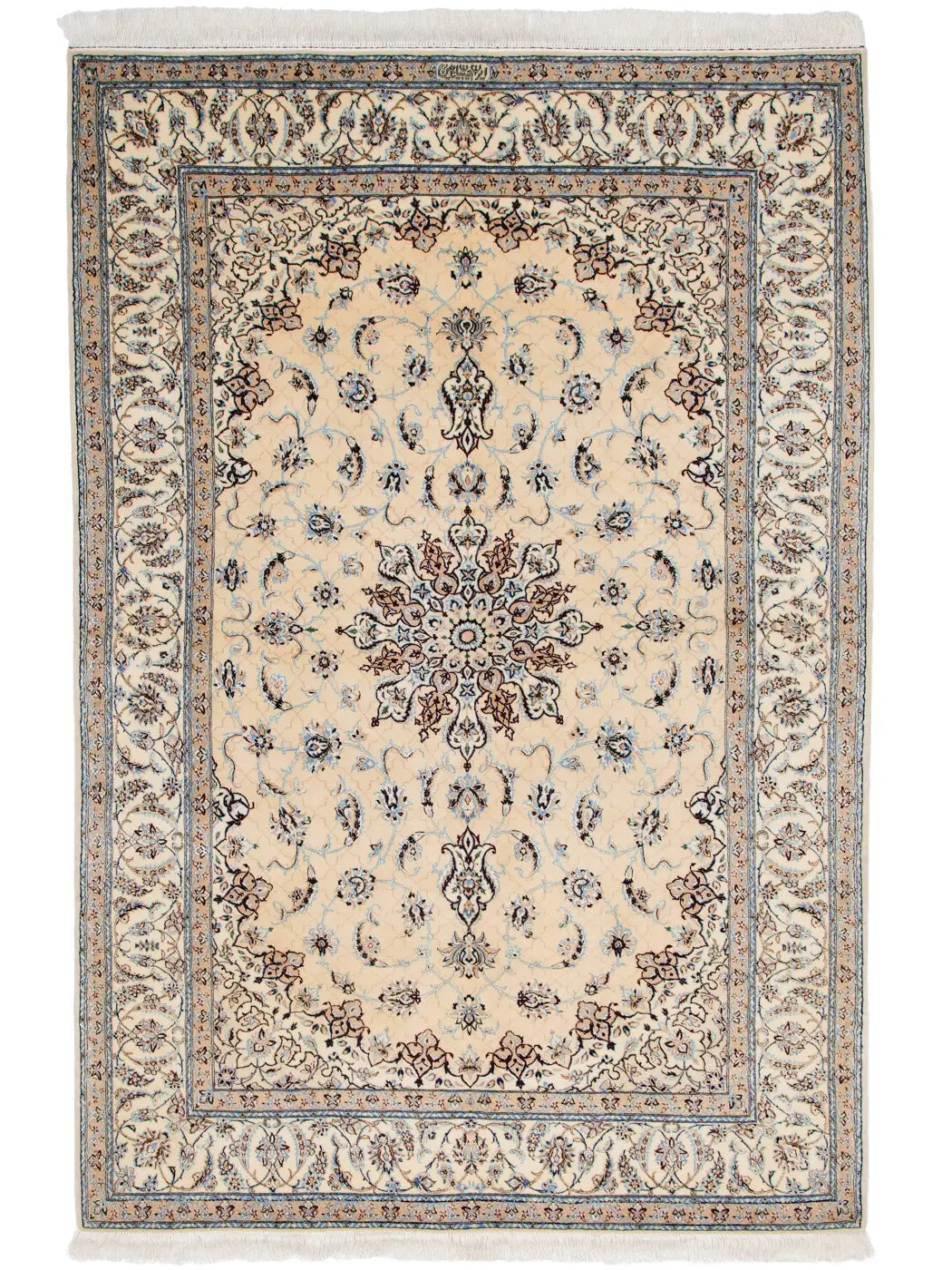The origin of carpets: the discovery of Pazyryk carpets
Believed to have been made in the 5th century BC, Pazyryk carpets were discovered in the Altai Mountains of Siberia. Noted for their vibrant colors and intricate patterns, these carpets demonstrate the high level of skill and craftsmanship of the ancient period. Their well-preserved condition and beautiful designs make them an important part of the history of carpet making.
Carpet Art of the Persian Empire: The Evolution of the Achaemenid Empire
The Persian Empire, from the 6th to 4th centuries BC, saw a great evolution in carpet design and techniques. Carpets from this period are famous for their distinctive designs and can be said to have laid the foundations for Persian carpets, which continue to influence carpets today.
Cultural Exchange Through the Silk Road and Carpets
The history of carpet manufacturing from East Asia to Central Asia crossed paths through the Silk Road. Ancient Chinese carpets feature mythological and natural motifs, while Central Asian carpets are characterized by designs that reflect the lives of nomadic people. Ideas and designs were shared between these regions, stimulating the birth of a variety of oriental carpets.
Innovation and Development in the Islamic Golden Age
The Islamic Golden Age, from the 8th to the 14th centuries, saw great advances in carpet-making techniques and designs: new motifs and patterns were introduced, and intricate designs, especially the "arabesque", became recognised as an iconic motif in Islamic art.
Safavid Dynasty: The Golden Age of Persian Carpets
During the Safavid period, especially under the reign of Shah Abbas I, Persian carpet making reached its zenith. Kerman and Kashan emerged as major centers of Persian carpets, known for their fine knotting and intricate designs. Technically perfected carpets, such as the Ardabil and Sheikh Safi carpets, were produced here and are highly regarded for their beauty and artistry.
The Ardabil carpets are on display at the Victoria and Albert Museum in London.
Mughal Empire and the Evolution of Indian Rugs
The Mughal period influenced Indian rug making techniques and saw Agra and Jaipur develop into rug manufacturing centres, introducing new techniques and designs which helped Indian rugs to gain international acclaim.
A look into the present: the fusion of technology and design
In the 20th and 21st centuries, technological advances have revolutionised carpet making. Artistic movements such as Art Deco and Bauhaus have had a new influence on design, and traditional techniques are increasingly being combined with modern design.
Throughout this long history, Persian and Oriental carpets continue to be loved by many people today for their fascinating designs and artistic value. Carpets are not just decorative objects, but also have a rich cultural heritage and will continue to carry on their traditions into the future.




